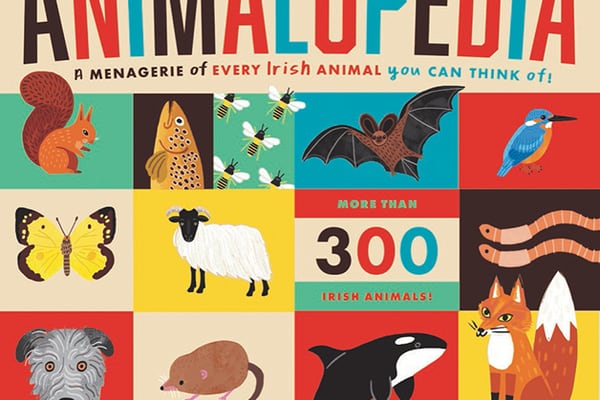Why has Minister for Justice Helen McEntee introduced a new stand-alone criminal offence of non-fatal strangulation or suffocation?
The new offence, which came into effect on Wednesday, is provided for in the Criminal Justice (miscellaneous Provisions) Act 2023, one focus of which is the targeting of domestic and gender-based violence.
In relation to non-fatal strangulation and non-fatal suffocation, assaulting a person in this way was already covered by the general provisions on assault causing harm and assault causing serious harm. The introduction of a specific offence, it is hoped, will have the effect of making it less likely that perpetrators will attack people in this way, but also that victims – most especially women in abusive relationships – may be more inclined to treat such crimes with the seriousness they deserve, and report them to the authorities.
In cases of domestic violence, according to Caroline Counihan, of Safe Ireland, women can try to minimise what is happening to them as a coping mechanism. By naming non-fatal strangulation/suffocation as a serious offence, society pushes against this inclination. Likewise, by assigning the crime a serious potential penalty, it makes clear the seriousness with which society views such assaults.
Non-fatal strangulation/suffocation carries a maximum sentence of up to 10 years, while non-fatal strangulation/suffocation causing serious harm can lead to life imprisonment. Meanwhile, the more general offence of assault causing harm will now carry a maximum penalty of 10 years, up from five years, in another move aimed at combating domestic and gender-based violence.
READ MORE
Are any other new crimes being introduced?
Yes, the crime of stalking, which will carry a maximum sentence of 10 years. A crime of harassment has been in place since the late 1990s but the new provisions broaden the scope of the law. The new offence of stalking has a higher threshold than that of harassment, and includes causing “serious alarm” or the fear of violence in the person being stalked.
So how is stalking defined?
In relation to both stalking and harassment the law lists, among other acts, following, watching, monitoring, tracking, spying, pestering, communicating with or about, purporting to communicate on behalf of a person, disclosing another’s private information, interfering with property (including pets), loitering in a person’s vicinity, and causing, without consent, an information system to function in a particular way. Crucially, this is an open rather than a closed list, meaning the offences covered are not confined to the activities cited in the list.
Both provisions come with a reasonability test, ie a clause saying the activity should be such that a reasonable person would realise that the actions would affect the victim in the way cited in the legislation, eg cause alarm and distress in the case of harassment, or serious alarm and fear of violence in the case of stalking.
Are there any other new measures?
Yes. As of Wednesday there are also increased penalties for assaulting or threatening a garda or other emergency worker who is on duty, as well as for conspiracy to murder, with the latter being introduced to target gangland offences.












